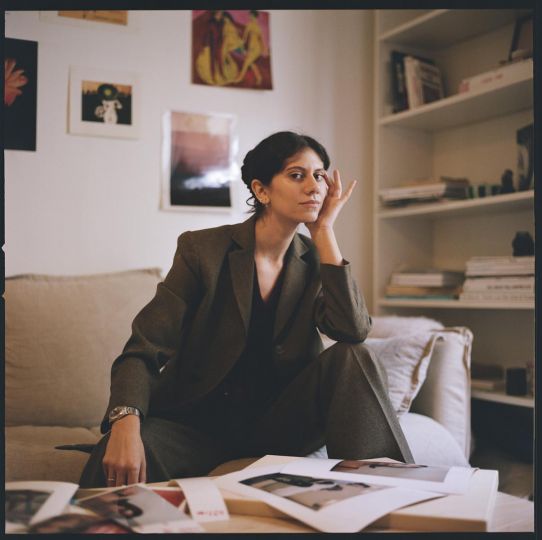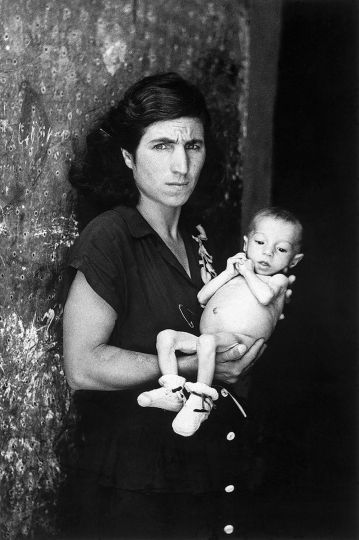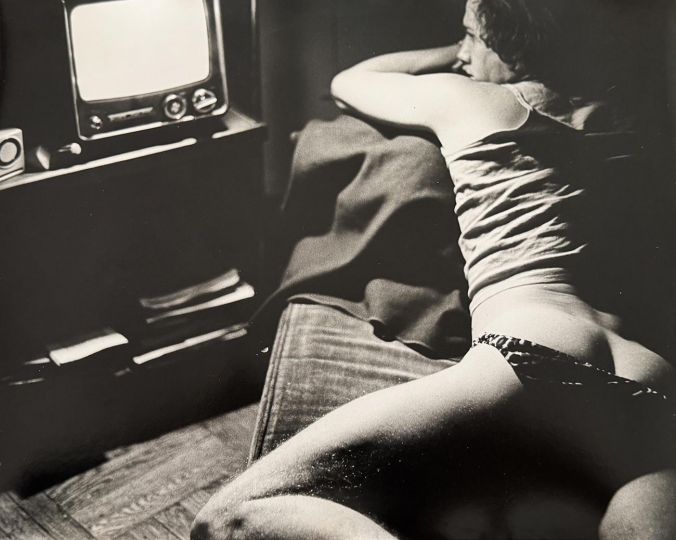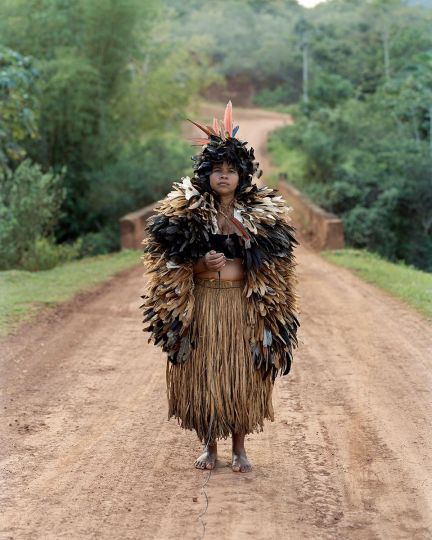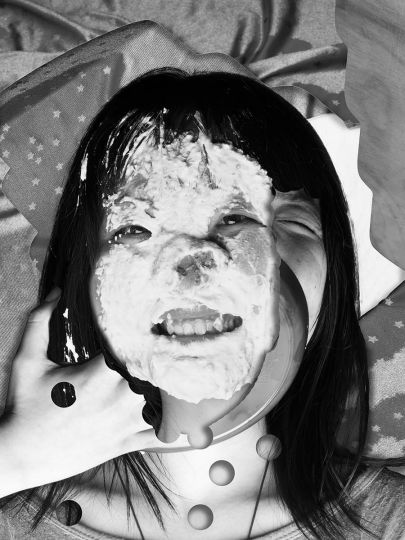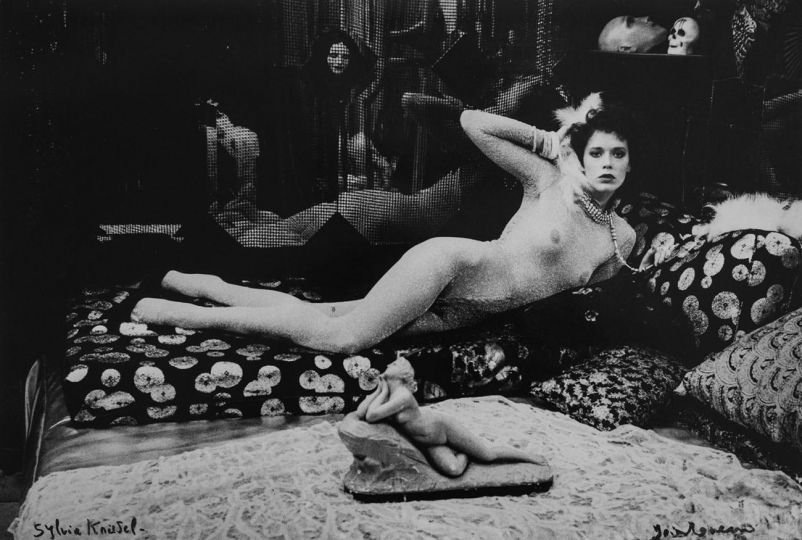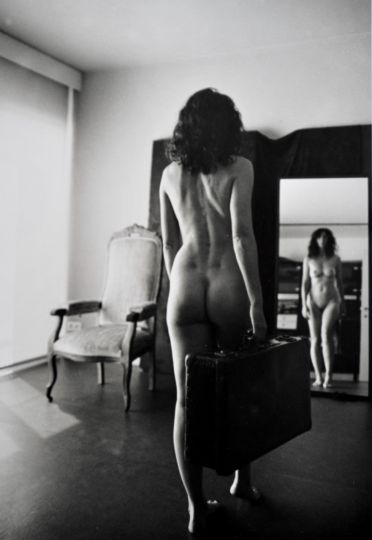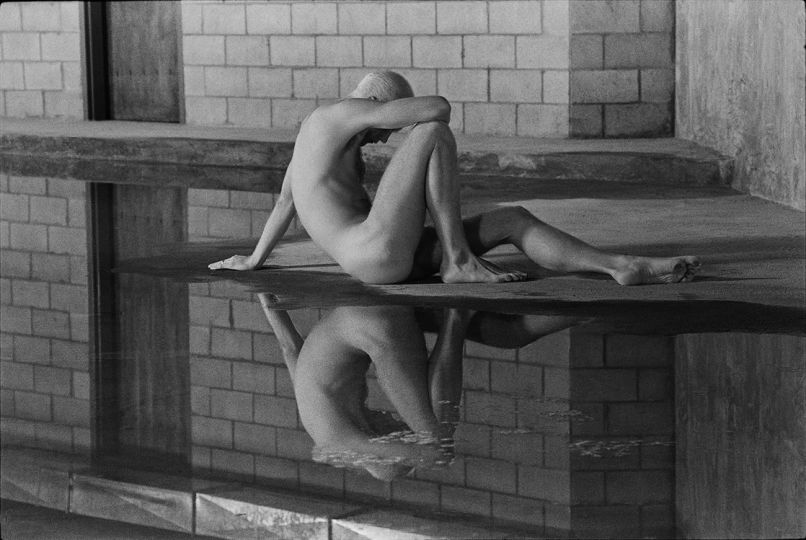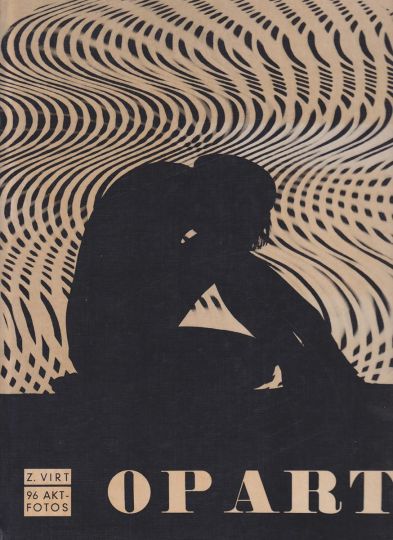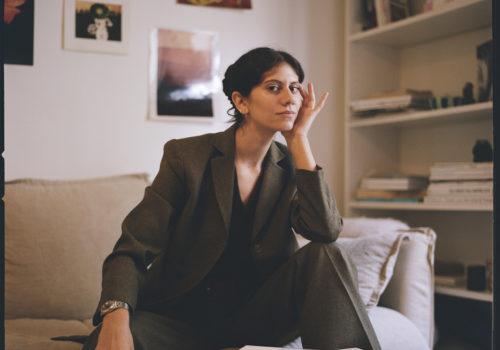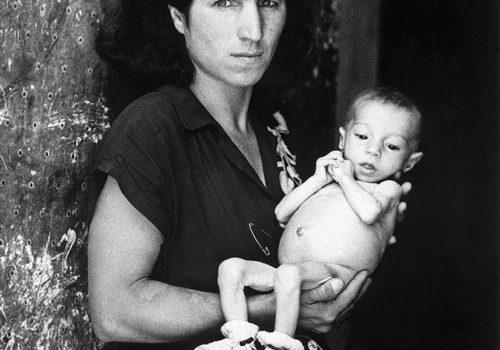The Galerie Vrais Rêves presents the exhibition Ionesco : Éternelle. Rémy Mathieu is the author of the following text.
Irina Ionesco passed away in July 2022. But artists never completely die, we still have their works, as long as they are preserved. And even if their identity is diluted over time, the main thing remains: what could be called “the soul”.
From Irina Ionesco, some will remember the legal-family episode that cannot be ignored. For others, it will be the asserted or underlying eroticism in all of her work, the exaltation of the image of women, the search for her own identity as a woman and artist. We will also remember her attempt at resilience with her most introspective work “Baby Jane”.


